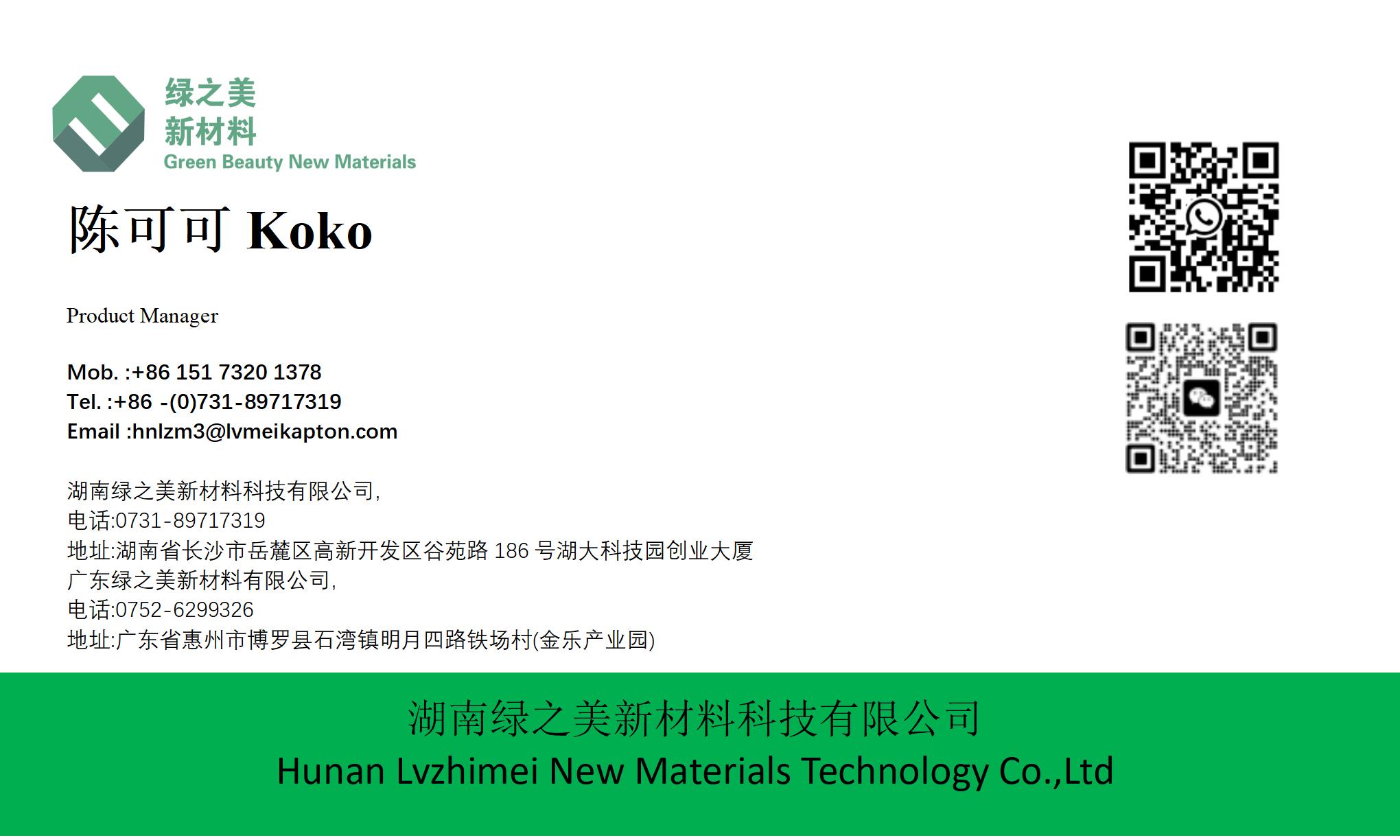



How Do PI Material and Brown Circuit Board Tapes Collaborate in Satellite Manufacturing?|https://www.lvmeikapton.com/
1. Thermal Management: PI’s Thermal Stability vs. Tape’s Adhesion
Thermal Range: PI films (15–20 μm thick) maintain stability from -269°C to 400°C, ideal for satellite thermal cycling between deep-space cold and solar exposure.
Low Thermal Expansion: With a coefficient of thermal expansion (CTE) as low as 0.03%, PI prevents delamination in temperature-sensitive components like solar arrays and thrusters.
Example: PI films are used in multi-layer insulation (MLI) systems to reflect solar radiation and retain heat, reducing thermal stress on satellite structures.
High-Temperature Adhesion: Brown PI tapes (e.g., Kapton®) bond components at temperatures up to 300°C, ensuring secure attachment during thermal cycling.
Chemical Resistance: Resistant to solvents and acids, they protect delicate electronic interfaces from contamination.
Application: Used to secure sensors, connectors, and wires in thruster nozzles, where high-temperature exhaust and vibration are prevalent.
2. Structural Integrity: PI’s Mechanical Strength + Tape’s Stress Distribution
Mechanical Properties: PI films exhibit tensile strength >350 MPa and Young’s modulus >4 GPa, providing rigidity for solar panels and deployable structures.
Example: PI films reinforce composite materials in satellite bus structures, enhancing resistance to micrometeoroid impacts.
Damping Vibration: High-adhesion tapes (e.g., 180° peel strength >6 N/inch) absorb shocks from launch vibrations and in-orbit debris impacts.
Application: Used to secure solar panel hinges and antenna reflectors, preventing structural failure under dynamic loads.
3. Electromagnetic Compatibility (EMI) Shielding
Low Dielectric Constant: PI films (ε_r ≈ 3.5) minimize signal loss in high-frequency communication systems.
Example: PI substrates in printed circuit boards (PCBs) reduce crosstalk in radars and communication arrays.
EMI Shielding: Conductive tapes with metalized layers block electromagnetic interference (EMI) from cosmic radiation and neighboring electronics.
Application: Shielding power distribution modules and avionics boxes to prevent signal corruption.
4. Radiation Resistance: PI’s Inherent Shielding + Tape’s Sealant Properties
Radiation Tolerance: PI films absorb gamma rays and solar particle radiation, protecting sensitive instruments.
Example: Used in thermal blankets to shield instruments like cameras and spectrometers.
Gas Barrier: PI tapes with low outgassing (≤1%) prevent contamination of optical systems and fuel tanks.
Application: Sealing cryogenic propellant tanks and vacuum-insulated components.
5. Manufacturing Process Optimization
Customizable Formulations: PI films can be tailored for specific applications, such as high-conductivity (for heat sinks) or UV-resistant (for exterior panels).
Example: Chemically imidized PI films (e.g., Upilex® S) offer improved dimensional stability for precision instruments.
Precision Adhesion: Tapes with controlled thickness (0.06–0.125 mm) ensure uniform bonding in tight spaces.
Application: Kapton® tapes in SMT (surface-mount technology) protect PCBs during reflow soldering at 260°C.
Case Study: James Webb Space Telescope
PI Application: Multi-layer PI films (MLI) insulate the telescope’s mirrors, maintaining -273°C operating temperature.
Tape Application: Kapton® tapes secure optical fibers and sensors, withstanding extreme cold and radiation.
Conclusion
| Parameter | PI Film | Brown PI Tape (Kapton®) |
|---|---|---|
| Temperature Range | -269°C to 400°C | 260–300°C |
| Thermal Expansion (CTE) | 0.03% | 0.05% |
| Mechanical Strength | Tensile >350 MPa | Peel Strength >6 N/inch |
| Dielectric Constant (ε_r) | 3.4–3.8 | 3.5–4.0 |
| Outgassing | <1% | <0.1% |






